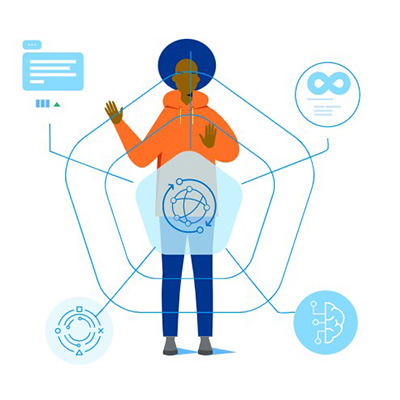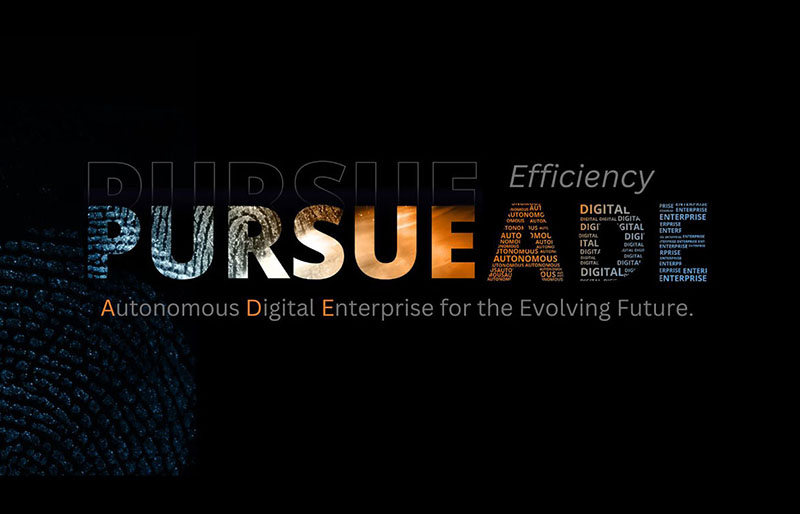The pace of technological change in our world is astonishing, with various factors contributing to a global productivity crisis. Issues like labor shortages, inflation, cost limitations, and increased competitive pressures have driven the need for businesses to enhance productivity by 50% to meet global GDP targets, as predicted by McKinsey. In light of these challenges, business leaders are increasingly focusing on the combination of automation and AI as a means to bridge the productivity gap, stay competitive, and foster innovation and growth.
Tangentia's Intelligent Automation and its AI capabilities along with Automation Anywhere play a crucial role in addressing these challenges. Over the past two decades, Automation Anywhere has been dedicated to empowering the future of work by unlocking human potential. They have achieved this by assisting customers in building AI-powered digital workforces that enable individuals to excel in collaboration, creativity, and business growth.
However, this is just the beginning for Automation Anywhere as they embark on their next major endeavor. In February, they introduced their first generative AI solutions in collaboration with Open AI and Microsoft, which have received tremendous enthusiasm from their customer and partner community. Automation Anywhere has announced the integration of generative AI across their entire Automation Success Platform, empowering every application, team, and process with this innovative technology.
Let's take a closer look at the three exciting innovations:
Automation Co-Pilot + Generative AI for Business Users (GA): Automation Co-Pilot, initially introduced as an automation assistant embedded in any application, has now been powered by AI. This enhancement further accelerates team productivity by enabling them to leverage generative AI for various use cases across any system, from content creation and summarization to email communication and recommendations.
Automation Co-Pilot + Generative AI for Automators: Automation Co-Pilot is now seamlessly integrated into the developer experience, connected to generative AI. This empowers both professional developers and business users to harness the power of generative AI to expedite automation development by up to 55%. Users can easily create automations through natural language conversations with Automation Co-Pilot, making automation development accessible to individuals throughout the organization.
Document Automation + Generative AI: Document Automation now leverages generative AI to rapidly understand, extract, and summarize data from a wide range of document types, including unstructured documents, in addition to structured and semi-structured ones. This integration unlocks more data by supporting a growing universe of document types. Moreover, the seamless connection to automation allows for direct insertion of data into process workflows without any additional effort.
Get a free Proof Of Concept
Sign up for a free POC worth $5000 for RPA or for a review of your existing RPA and AI implementation. Book a discovery call with a member of Tangentia’s automation team today to find out more about what RPA can do for you.
Generative AI on the Automation Success Platform accelerates business impact by providing out-of-the-box models developed with decades of automation expertise. This solution is built on an open platform, offering users the flexibility to select the large language model that best suits their needs. Moreover, it is built on the Automation Success Platform, ensuring enterprise-grade security, privacy, and compliance standards, and promoting responsible AI usage.
With the rapid maturation of increasingly sophisticated technologies, enterprises now have an opportunity to bring new levels of context, intelligence, and automation to day-to-day processes and decision-making in a way that spans organizational silos and enables holistic, enterprise-wide change. In short, they can work toward becoming an autonomous enterprise.
Transformation of this sort will require a deep understanding not only of the potential of new technologies but also of how existing information systems connect and interact and where current business processes have room to improve. This is where Tangentia comes in as an expert with those deep insights, to determine where the opportunity lies and where existing IT infrastructure might be holding your organization back from realizing its full potential.
The Future is Autonomous : Tangentia & the Autonomous Enterprise
An Autonomous Digital Enterprise (ADE) is growth-oriented, replacing manual and redundant tasks with automated intelligence and freeing up people to be creative, serve customers, and collaborate on higher-level pursuits. The successful ADE is defined by these three criteria and outcomes





































